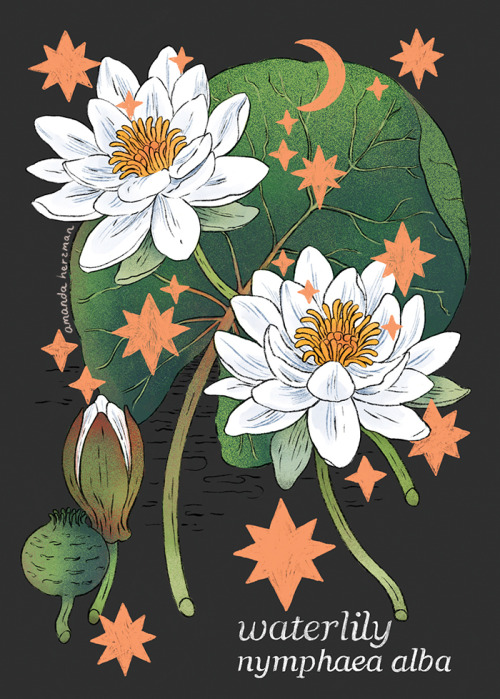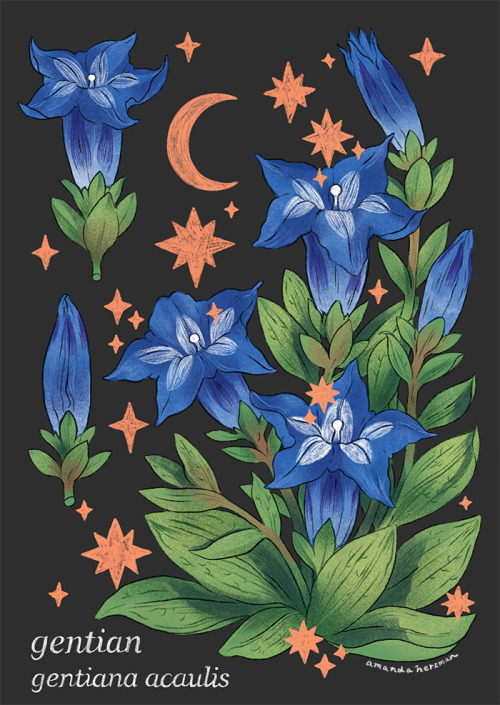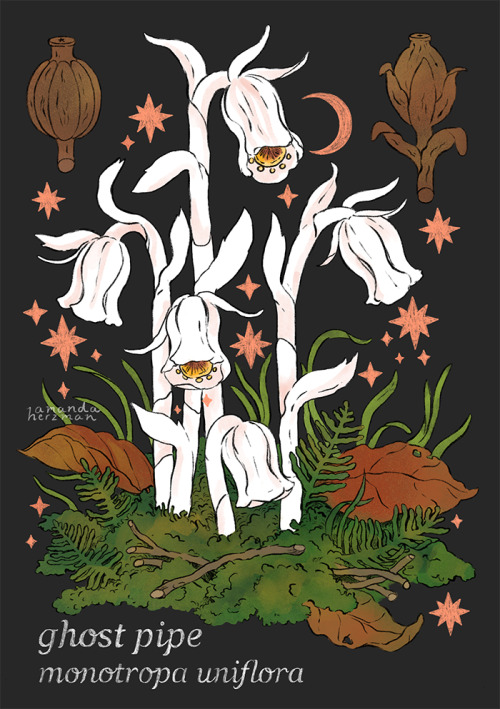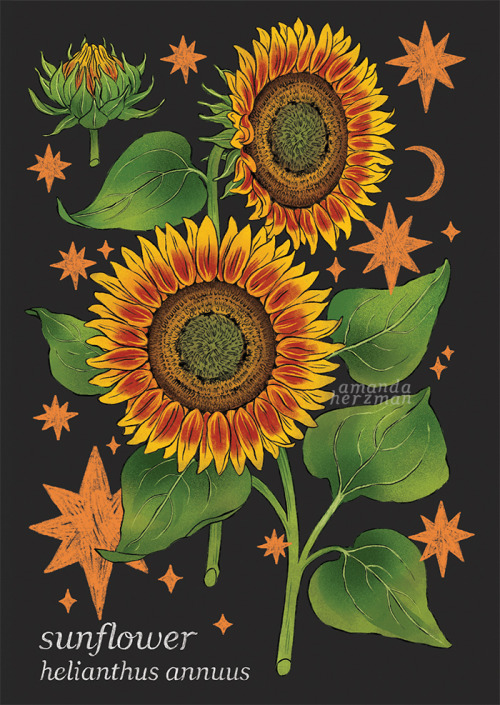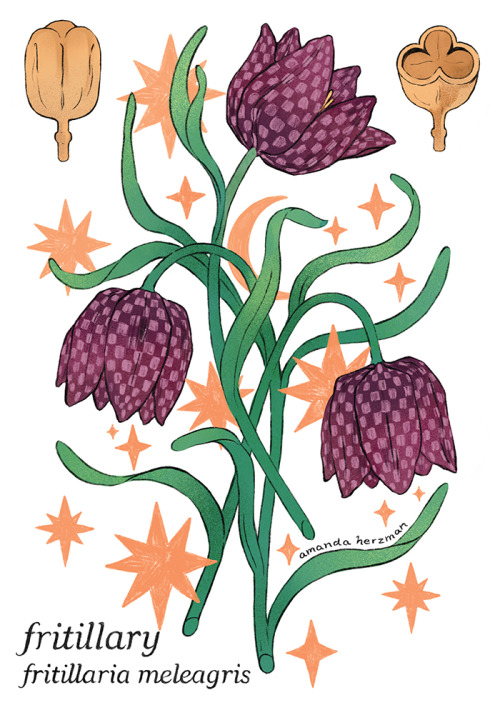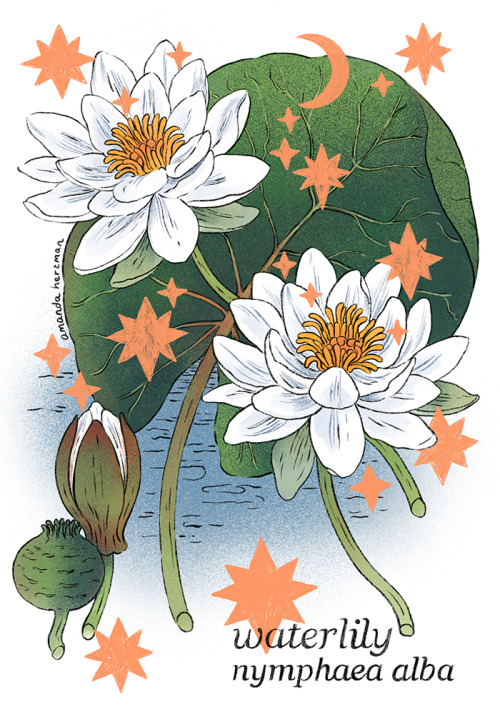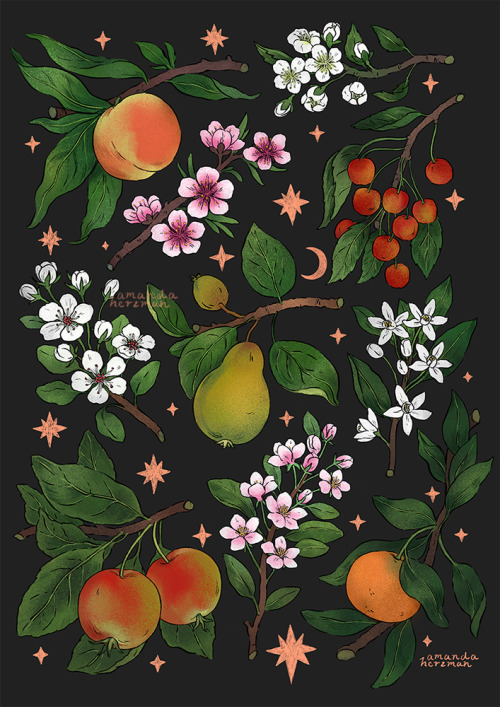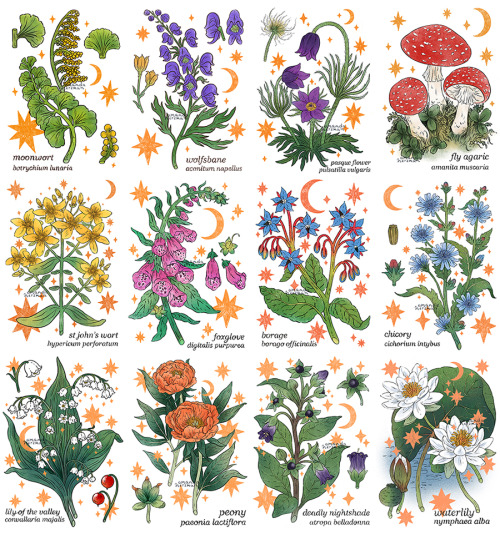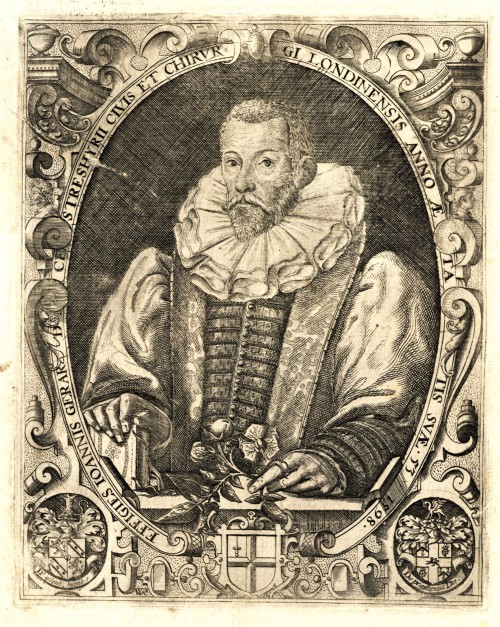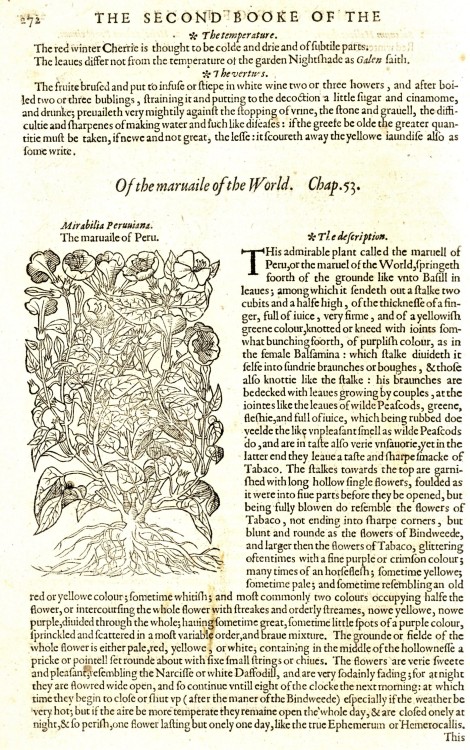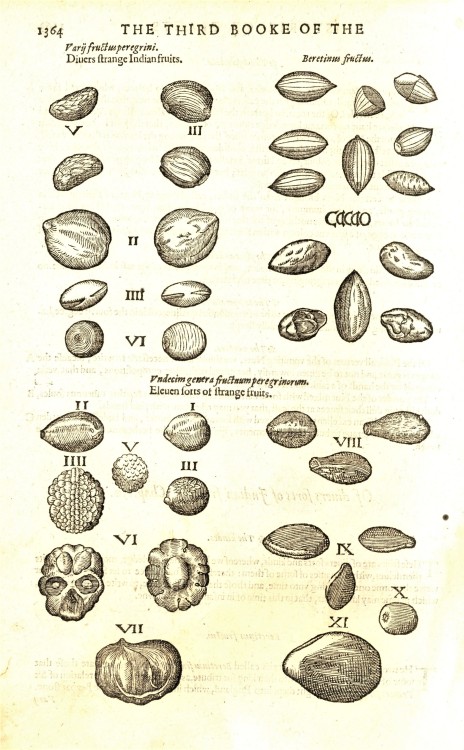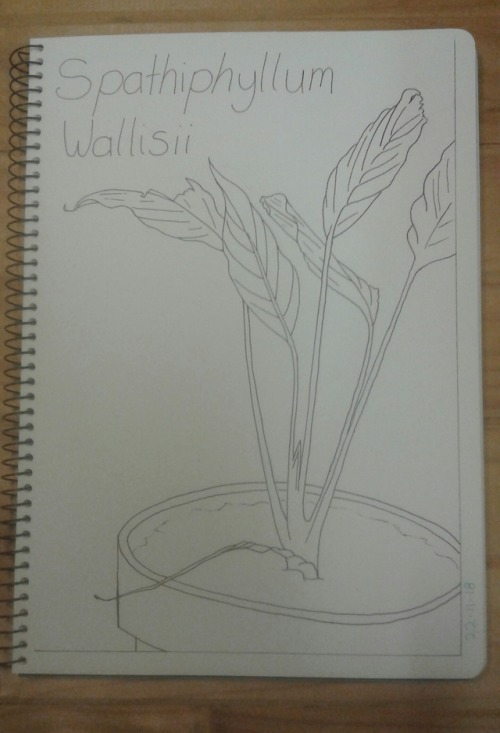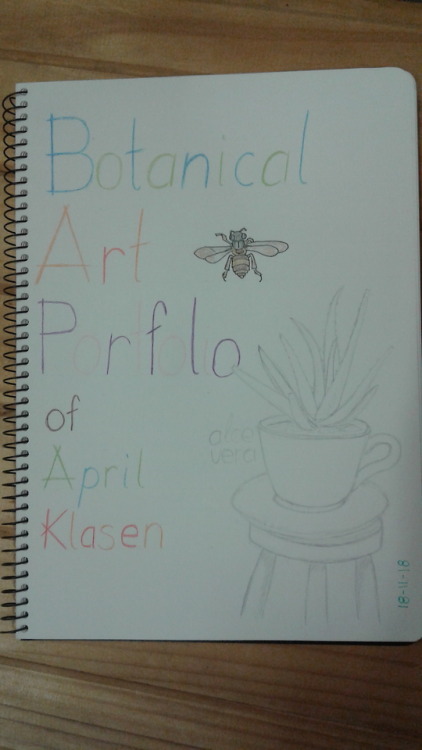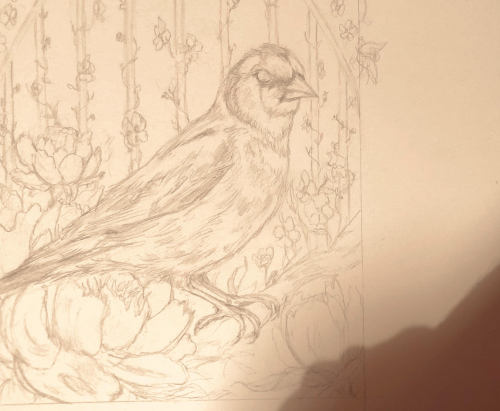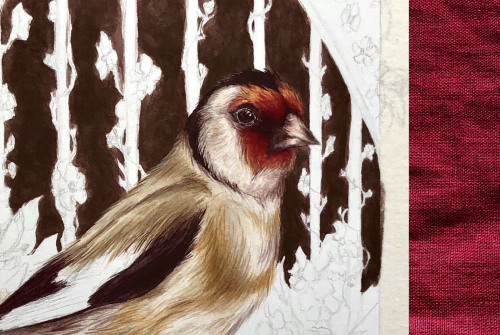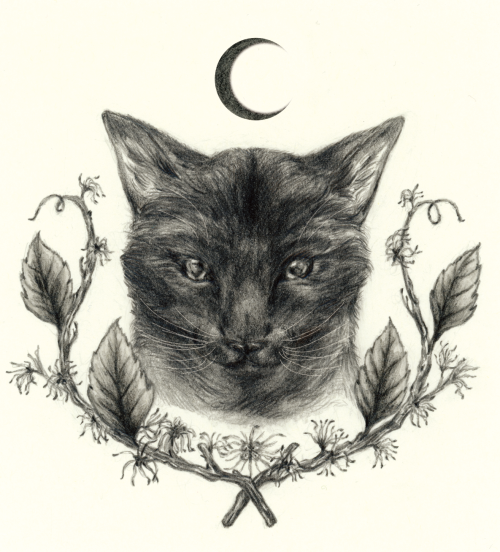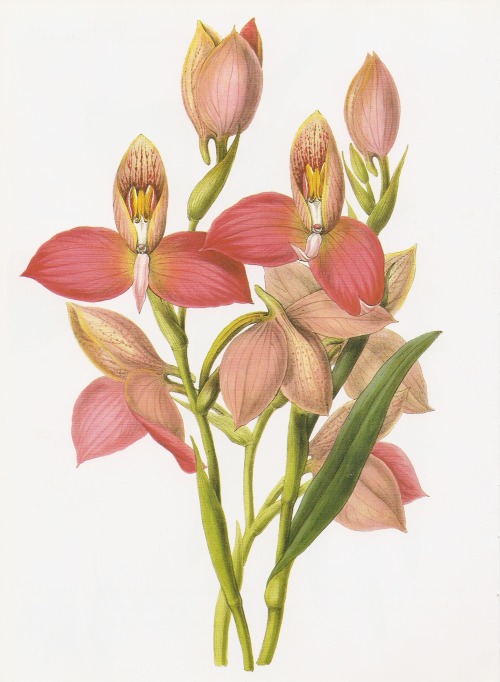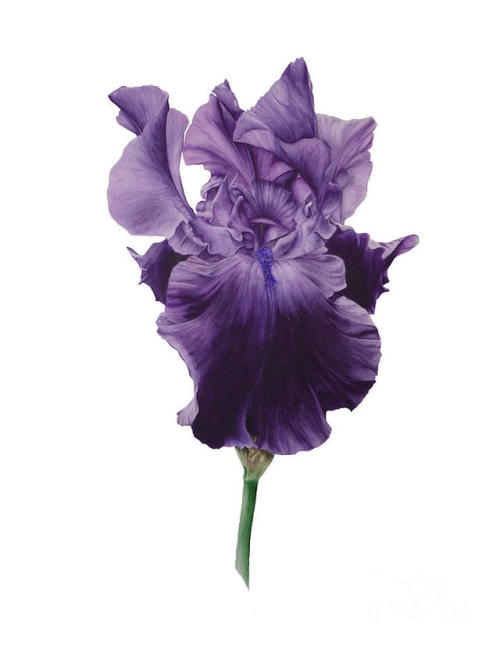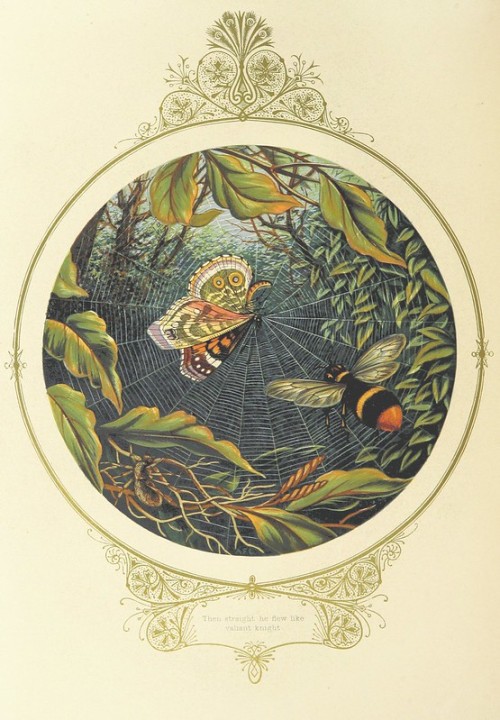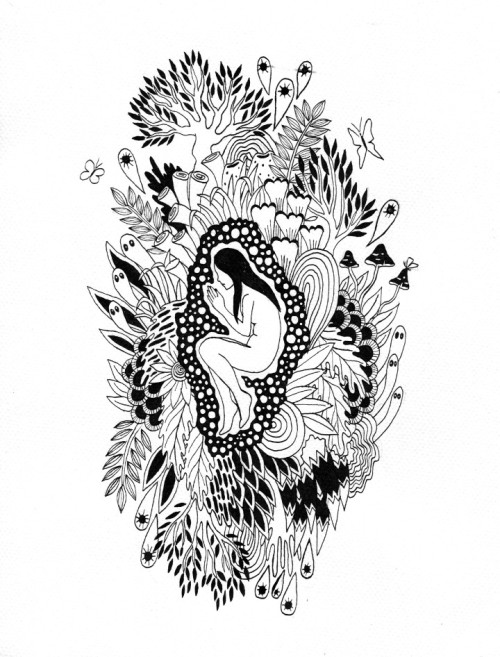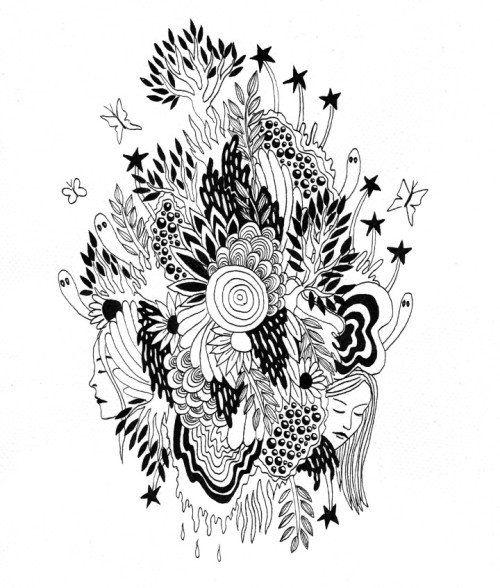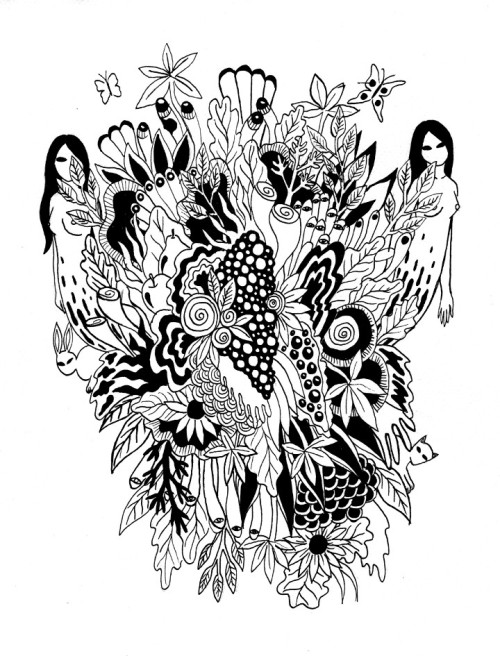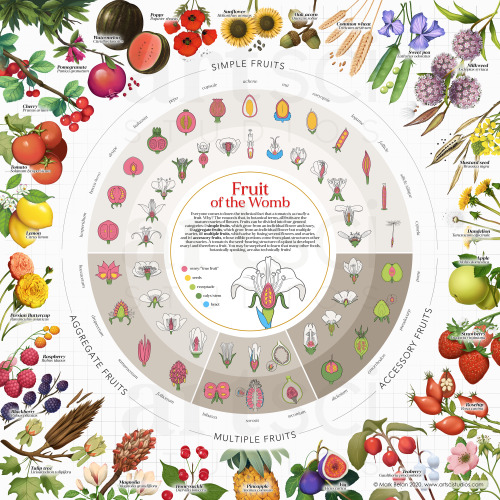#botanical art
Paterson’s curse (viper’s bugloss)
Paterson’s curse is deeply invasive in Australia, sweeping across paddocks, native grasslands and urban areas in deep purple swathes, outcompeting native flora. The legend goes that Jane Paterson, an avid gardener, introduced this plant into her garden in the 1880s, and from there it spread like a curse upon the land. The true culprit was more likely that the plant was first introduced to Australia in the 1840s from mail order plant catalogs, and creeped out of gardens, becoming a well known weed in our landscapes.
Post link
herbologist zine volume 2 - collecting together one year of my patreon herbologist rewards, from 2020-2021.
Post link
some dark background variants of my patreon plant rewards! all of these were sent out as extras for my patreons throughout the year
Post link
My October, November and December magical plant print rewards from my patreon. These are from my herbologist reward tier, where each month patrons receive an A6 print of an illustrated plant and card with it’s mythological & magical history! These plants are real species from around the world that have intriguing past histories and folklore.
(Currently my herbologist tier is sold out but I hope to open up more slots in 2021!)
Post link
My June, July, August and September magical plant print rewards from my patreon. These are from my herbologist reward tier, where each month patrons receive an A6 print of an illustrated plant and card with it’s mythological & magical history! These plants are real species from around the world that have intriguing past histories and folklore.
(Currently my herbologist tier is sold out but I hope to open up more slots in 2021!)
Post link
My Feburary, March, April and May magical plant print rewards from my patreon. These are from my herbologist reward tier, where each month patrons receive an A6 print of an illustrated plant and card with it’s mythological & magical history! These plants are real species from around the world that have intriguing past histories and folklore.
(Currently my herbologist tier is sold out but I hope to open up more slots in 2021!)
Post link
Two years of my patreon monthly plants combined - from September 2019 to August 2021. Looking at these together is an amazing reminder of all the wonderful support and enthusiasm my patreon supporters give me. So, anyone who’s ever supported me on patreon (or my shop!) - you helped me get here. Thank you so much for being apart of this plant filled journey, I’m extremely thankful and couldn’t have done it without you!
Post link
Science Saturday: Gerard’s Herball
Among our favorite books in the collection is the 1597 first edition of English herbalist and gardener John Gerard’s The Herball, or, Generall Historie of Plantes, published in London by the Queen’s Printer John Norton. Besides its important place in the popular British understanding of plants, we are also impressed by its folio-sized, 1,484-page heft and its hundreds of delightful woodcut illustrations.
Gerard himself was not a botanical scholar. He was, rather, a high-ranking barber-surgeon, and as such maintained a strong interest in herbalism, supervising significant gardens, and becoming internationally recognized as a dedicated horticultural enthusiast. Despite his lack of scholarship, he is considered one of the founders of botany in the English language, and was among the earliest Renaissance natural historians, relying on empirical evidence rather than ancient authority, following in the line of such botanists as Leonard Fuchs and Gerard’s fellow plant enthusiast Matthias de l'Obel.
Gerard had already gained some notoriety with his earlier 1596 Catalogus arborum, fruticum, ac plantarum, a catalog of 1,039 rare plants he cultivated in his garden at Holborn, and it was the printer John Norton who approached Gerard with the idea of producing an English version of Flemish botanist Rembert Dodoens’s popular herbal, Stirpium historiae pemptades sex published in 1583, which was itself a Latin version of an earlier Flemish work by Dodoens, the Cruydeboeck published in 1554. Earlier work on a popular English-style herbal (Dodoens’s herb book had already been translated into English in 1578) had been attempted by English botanist Robert Priest before he died in 1596 and Gerard has been accused of plagiarizing Priest as well as Gerard’s contemporary l’Obel.
This may or may not be true, but what is true is that only 16 of the approximately 1,800 woodcuts used in the Herball are original. Norton rented the majority of the woodblocks from the Frankfurt woodcutter and printer Nicolaus Bassaeus, which had already been used in several other previously published botanical publications. Despite its derivative nature, Gerard’s Herball remained a popular, standard English reference source for well over a century, with revised and updated editions produced in 1633 and 1636.
Viewother posts that include Gerard’s Herball.
Viewother posts with botanical illustrations.
ViewotherScience Saturday posts.
Post link
Emily Dickinson’s botanical inspiration – the stunning 19th-century flower paintings of the forgotten artist and poet Clarissa Munger Badger.
Post link
The little-known story of Sarah Mapps Douglass and her consummate botanical paintings – the first surviving art signed by an African-American woman.
Post link
I’m afraid to do colour so I’m just going to leave it like this and step away from the art book.
Post link
After inktober, I want to do a portfolio. I’m not sure if it will be useful or if I’m just doing something fun, but I’m looking forward to redrawing things from october and drawing new plants.
Post link
More warmups!!
My current work in progress :)
I’ve been busy creating an online shop which will be launching sometime in the near future, so I haven’t been painting much <3
Post link
Disa grandiflora (L.f., 1782) painted by Miss SA Drake. Indigenous to South Africa, particularly the Cape. One of my very favourite orchid species, first identified by my dear friend, Carolus Linnaeus the Younger. Now called Disa uniflora.
Post link
British Library digitised image from page 34 of “Fairy Mary’s Dream. By A. F. L. With illustrations by the Author” (1870)
Post link

A bit of an older illustration that I’ve been preparing to turn into prints the last couple of days Soon available in the Etsy shop! ✨
Fruit of the Womb: The Botanical Classification of Fruit
I created this illustration to tell the story of where fruits come from. Turns out they come from flowers, and that’s why a tomato is technically a fruit. What started as a fun conversation over dinner this summer spiralled into a deep exploration into pomology, carpology, and botanical literature. Here is my attempt at visualizing all the information I’ve synthesized over these past few months into a useful reference guide.
Hope you learned something new today.
If you’d like to purchase prints or a high-res digital file, please visit my website:
http://www.artscistudios.com/shop
Post link






